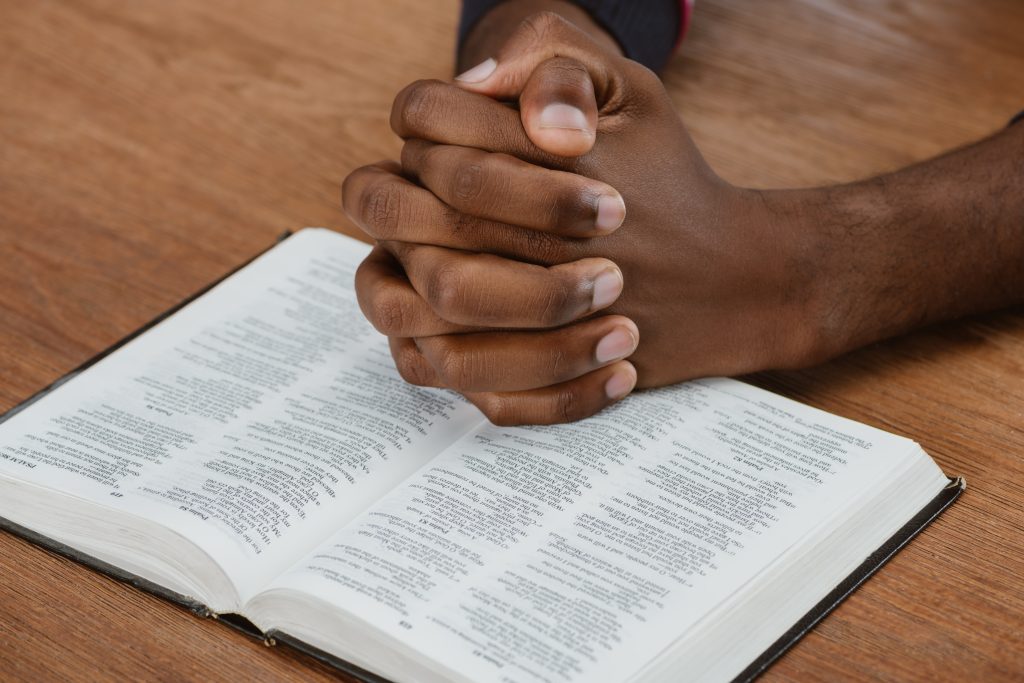Jesus’ worship model invites the believer not to come and watch, but to come and participate in worship.
 By Takalani Musekwa, Regional Director, South Africa
By Takalani Musekwa, Regional Director, South Africa
One of the key ways to advance towards a Healthy Church is to understand the difference between the Old Covenant and the New Covenant models of worship. By making the New Covenant in Jesus Christ, God “made the first one obsolete” (Hebrews 8:13 NIV). There are some aspects that have continuity from the Old Covenant to the New Covenant. There are also many discontinuities because of who Jesus is and what he has done. The things that seem to continue from the Old Covenant into the New create confusion for many believers as they wonder how to decide what to continue and what not to continue. The reality is that nothing of the Old Covenant is continuing. It just so happens that there are some overlaps between the New Covenant and the Old, however it is the New Covenant that the church is concerned with.
In the Old Covenant, the high priest and Levitical priests coordinated and oversaw the temple worship. The people paid their tithes to look after the priesthood, observed the Sabbath and other holy days, adhered to circumcision practices, abstained from unclean foods, and visited the temple three or more times per year to offer sacrifices. But now that “priesthood has changed.” (Hebrews 7:12)
Jesus presides over the New Covenant worship as our high priest and worship leader. He does not preside over a Levitical priesthood, but a royal priesthood which comprises all of us as believers. In the New Covenant, all believers are “to be a holy priesthood, offering spiritual sacrifices acceptable to God through Jesus Christ.” (1 Peter 2:5). Please note that our spiritual sacrifices are offered through Jesus Christ who wraps them by grace to be acceptable to God.

On the other hand, the Levitical priesthood in the Old Covenant allowed only the high priest to enter the holy of holies once a year. Since Jesus, as our high priest, has taken down the curtain that closed off the Holy of Holies, through his priesthood he made it possible for all believers to enter where once only Levitical priests were allowed. All have direct access to the Father through the Son.
Unfortunately, many of the modern churches have adopted Old Covenant worship patterns. They have put up the curtain again which Jesus had cut open in his body on the cross (Hebrews 10:20), in essence, closing off the Holy Place. The worshippers are simply expected to pay their tithes, attend weekly gatherings, and keep the commandments.
Like the Levitical priesthood of the Old Covenant, the professional clergy in the modern church takes care of the worship whilst the believers are expected to sit in the pews. In some cases, they are not even expected to stand up and praise God in song because the professional worship band takes care of that. The members can watch the show from the pews or the balconies. Many a church service has become a weekly concert where you go weekly to watch the professional worshippers (Levitical priests) do their thing.
Jesus’ worship model is very different to that of the Levitical priesthood. He doesn’t want us to be spectators of worship conducted by priests (or worship bands). Jesus’ worship model is inclusive. It invites the believer not to come and watch, but to come participate in worship. It is for this reason that the curtain was torn open in the temple. There are to be no mere spectators in Christ’s New Covenant worship model.
A healthy church is like a healthy body where all members of the body fulfil their functions according to their gifts. That is how Paul describes the church as the body of Christ. The members of the body “do not all have the same function.” (Romans 12:4). A healthy church is one that is living and sharing the gospel. The church does this through the ministry Avenues of Faith, Hope and Love. Healthy Church occurs when every member participates in ministry – we are all the holy priesthood after all. The Team based—Pastor Led model fosters a worship model where all members take part in worship activities. There is enough space and opportunity for every member to offer their living sacrifices as they take part in worship, witnessing and discipleship. There is no room for spectators from the pews or the balcony.
Following Jesus’ model of inclusion and invitation to take part in ministry, a healthy pastor’s primary task is not to be the centre of everything that happens in the congregation. It is to be a team-builder who engages, equips, empowers, and encourages members for ministry. It is about releasing members for the ministry for which Christ has called them. The biggest challenge for pastors is to let go of the Old Covenant patterns of worship and to adopt Christ’s pattern of worship. It is to gracefully support and challenge the believers to take up their cross and follow where Christ is leading his church. This is the challenge of the 21st century pastor.



Please note that comments are moderated. Your comment will not appear until it is reviewed.